Graduate Students
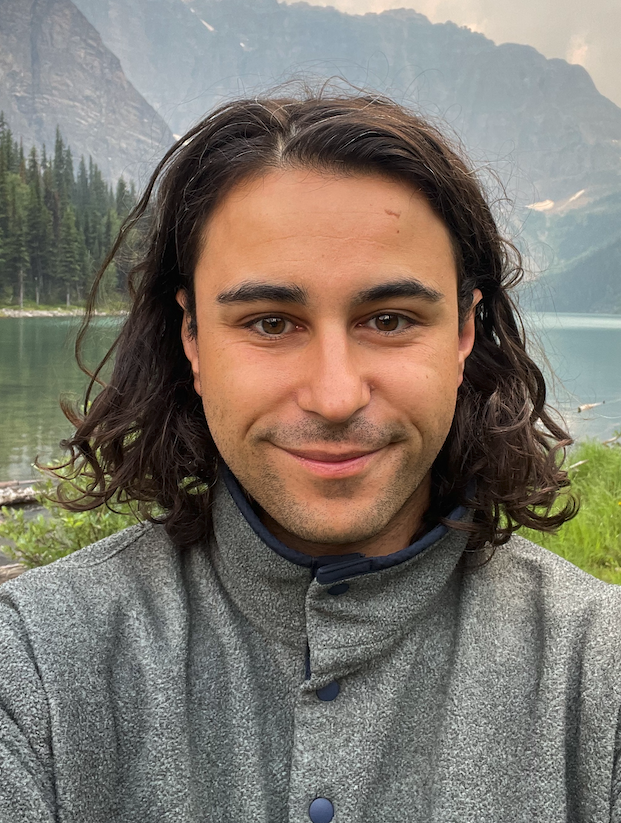
Connor van Wieren I am interested in how seawater chemistry, as recorded in marine carbonates across Earth History, is interpreted using the stratigraphic record. I use stable isotopes (C, O, Ca, Mg) to interpret anomalies in carbon cycling during the Ediacaran Period (635 - 541 Ma) found in the Miette Group of the Canadian Rockies. I also use numerical models of sediment transport to explore the role that transport processes play in the preservation of geochemical signals in the marine carbonate record of shallow water systems (co-advised by Dr. Blake Dyer, UVic).
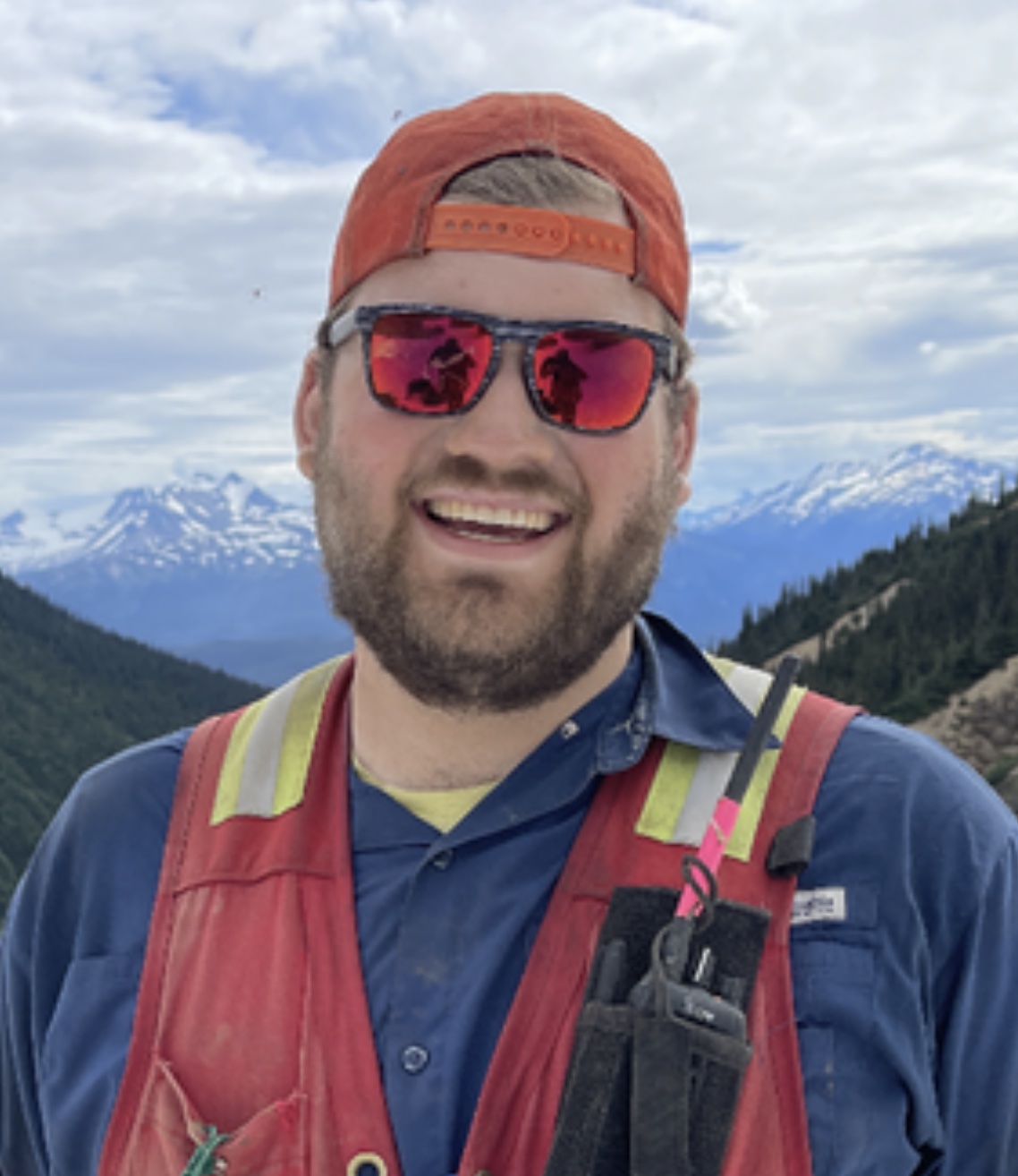
Matthew Stephens I am interested in the paleo-environmental changes leading up to and during the Carnian Stage (237-227 Ma) in the upper Triassic, focusing on the phenomenon known as the "Carnian Pluvial Episode" (CPE). I utilize carbonate geochemistry to study paleo-climate conditions, and investigate a possible link between the CPE and Wrangellia Large Igneous Province emplacement. My research utilizes rock samples from the northeaster British Columbia, and is collaborative with researchers from the Geologic Survey of Canada, Université du Québec à Montréal, and the University of Alberta.
Undergraduate Honours Students

Kascia Lovett Lorem ipsum dolor sit amet, consectetur adipiscing elit. Cras lorem nunc, vestibulum ac pulvinar quis, ullamcorper quis metus. In tortor mi, ultricies sit amet mauris quis, sagittis finibus mi. Etiam condimentum volutpat tellus, eu rutrum ante tempor bibendum. Nulla vel nulla at nibh volutpat aliquam vel at elit. Suspendisse a justo tempor, gravida est in, laoreet nulla. In vitae rhoncus sapien, sed iaculis diam.
Past undergraduate and graduate students

Ben Kumpf, M.Sc. My research project focused on constraining broad trends in preserved marine evaporites abundance throughout the Phanerozoic. My study techniques involved Snorkel, a text-mining program, to leverage data stored within published documents at GeoDeepDive to constrain marine evaporite mineralogy through the Phanerozoic (co-advised by Dr. Laurence Coogan, UVic).
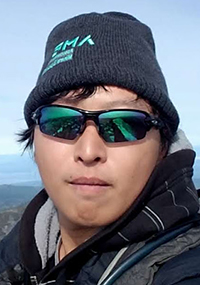
Jerry Lei, Ph.D. I am interested in marine environmental shifts of the Late Triassic. I do this by integrating carbonate lithostratigraphy and chemostratigraphy and with conodont microfossils. Fieldwork has taken me to The Yukon, Northern BC, and northern Vancouver Island. Ultimately the findings may reflect both regional and global environmental shifts, aid in better understanding of terrane tectonics in the North American Cordillera, and refine Late Triassic conodont taxonomy (co-advised by Dr. Martyn Golding, GSC).
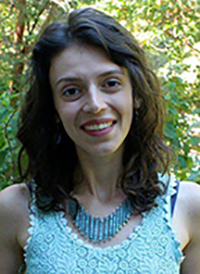
Mariko Cappellò, M.Sc. Before coming to the University of Victoria, I received my bachelor degree in geological sciences from the University of Bologna (Italy). I am interested in geochronology and I am particularly fascinated by the absolute dating of geologic material as a means to better understand Earth history. I worked on a project using U-Pb high precision dating to better constrain the Ordovician-Silurian boundary from ashfalls from Anticosti Island (eastern Canada) and Sweden.
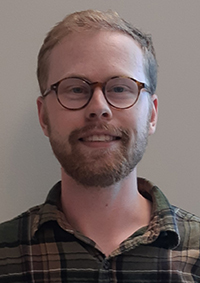
Sean Gazdewich, M.Sc. For my Master's, I investigated the evolution of seawater chemistry and carbon cycling in deep time. The work drew on carbonate sedimentology, isotope geochemistry and chemostratigraphy. Specific techniques that I employ include: core logging, sedimentary petrography, carbon and oxygen isotope mass spectrometry and numerical modelling. Field research was conducted in the Western Canadian Sedimentary Basin to assess the impact of authigenic carbonate deposition on the global carbon cycle during the Late Devonian.

Olivia Wren, M.Sc. I studied the role rivers play in the short and long term carbon cycle and how ancient carbon cycling is recorded by carbon isotopes in carbonate rocks. My research integrated carbon isotope data from modern rivers and ancient shallow water carbonates to better understand the control that fluvial delivery of carbon has on local marine carbonate chemistry and the carbon isotopes of marginal marine carbonate sediments.
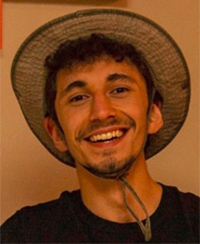
Dominic Fode, Honours undergraduate Hi! I'm a recent graduate of the Earth Science program at University of Victoria. My undergraduate research and honors project focused on examining the large scale sedimentary record of Australia in a macrostratigraphic framework. I am interested in investigating Earth system evolution through "Big Data" and modelling approaches underpinned by investigative fieldwork.
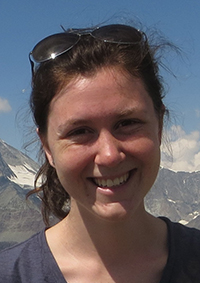
Anna Grunsky, Honours undergraduate I am interested in using carbonate geochemistry to reconstruct past climates and environments. In my honours research project I measured the concentration of iodate in carbonates in the Wonoka Formation (South Australia) from the Ediacaran to determine the concentration of atmospheric oxygen at the time of deposition. I also compiled other geochemical data to assess the reliability of iodate as a proxy for atmospheric oxygen concentration in rocks that have undergone post-depositional alteration.
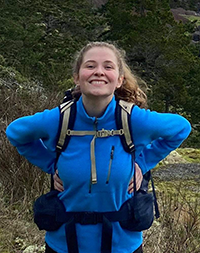
Shannon Murtonen, Honours undergraduate For my undergraduate research, I studied Ediacaran carbonates from the Windermere Supergroup in the Canadian Rocky Mountains. I wanted to determine how accurately these rocks record the seawater chemistry in the Ediacaran, and to do this I used measurements of stable isotopes to try to understand the diagenetic history of the rocks. I am interested in how stable isotopes can be applied to problems in all aspects of geology, and I am doing my masters on what stable isotopes of iron can tell us about igneous processes.

Isaac Dekker, Honours undergraduate I am interested in using marine carbonate geochemistry to understand and reconstruct paleoenvironmental conditions during the Ediacaran/Cambrian transition. My Honours involved using sedimentology and C and O isotope ratios to study seawater chemistry through time in the Late Ediacaran Miette Group carbonate platform (Mount Fitzwilliam, British Columbia). I also planned on analyzing iodate concentration in these rocks to give a proxy for atmospheric oxygen during the time of deposition.